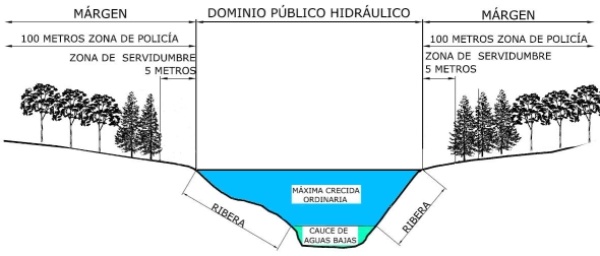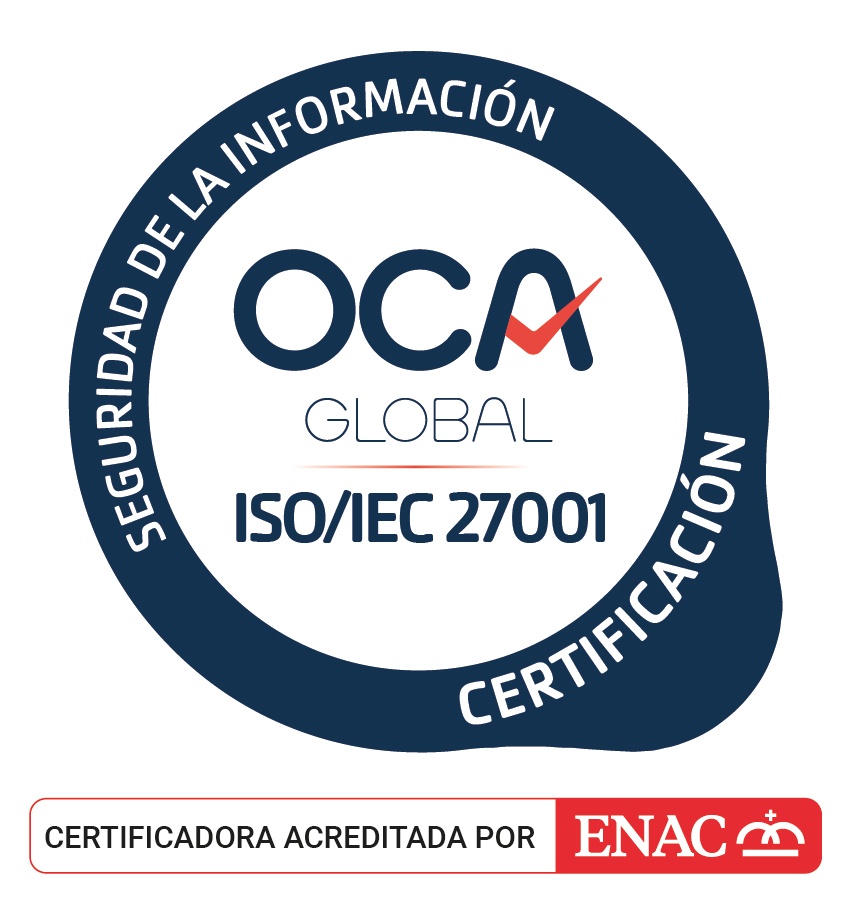Land stewardship is a set of strategies and instruments which try to conserve natural, landscape and cultural values of a determined area, completing in this way other existing instruments for nature conservation with the aim of promoting the collaboration of social agents such as owners, users, public administrations and civil society.
In Spain, biodiversity is localized in private lands, thus it is crucial to look for the way of involving owners in the conservation of the resources that their lands are home to. For this reason, voluntary agreements and ongoing collaboration mechanisms are promoted among land owners, land stewardship entities and other public and private agents. The final objective is the conservation of habitats and flora and fauna species that are interesting for singularity, rarity or conservation status reasons.
Land stewardship entities are the main responsible in order to achieve these agreements. They are public or private non-profit entities which are characterized for actively participate in the conservation of the natural and cultural heritage of a determined place. In order to establish these agreements, they contact with land users or owners and offer them a series of beneficial actions in return for their compromise of collaboration with the conservation of the place. These benefits are reflected in the opportunity of access to new knowledge, support and advice in the planning and management of their lands, etc., being this a model to combine the different uses of nature.
Rivers and riverbeds are biodiversity sources that result into ideal places for the recovery and conservation of the natural heritage of a territory. River stewardship is a way of land stewardship applied to rivers and other water bodies which present some peculiarities due to the fact that some of them has not owner (they are public) and are managed by River Basin Authorities.
Nevertheless, in order to conserve the natural heritage of these ecosystems is necessary the implication of local administrations, owners of boundary lands, water users such as irrigation farmers or fishermen, and local population, breaking with the tradition of laying the responsibility for taking care of a common heritage in the hands of the public administration.
In river stewardship, environmental volunteering is especially important, because this is one of the mainstream participation channels of the society in the conservation of the natural, cultural and landscape values of our rivers and to raise awareness about environmental respect. The main action lines are conservation activities and improvement of the river ecosystem, the diagnosis and assessment of the environmental state of our rivers, information, awareness raising and land stewardship, as well as restoration of the cultural heritage and increase of recreational uses.

Custodia fluvial



